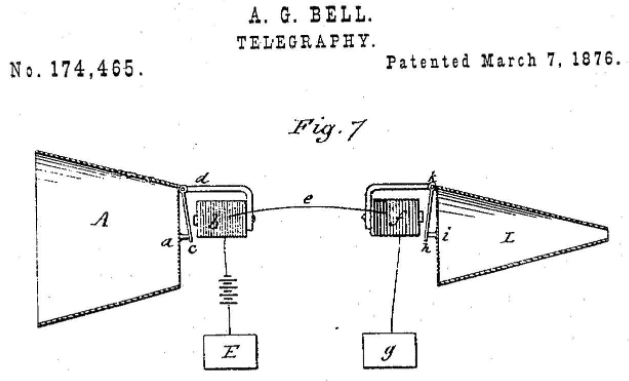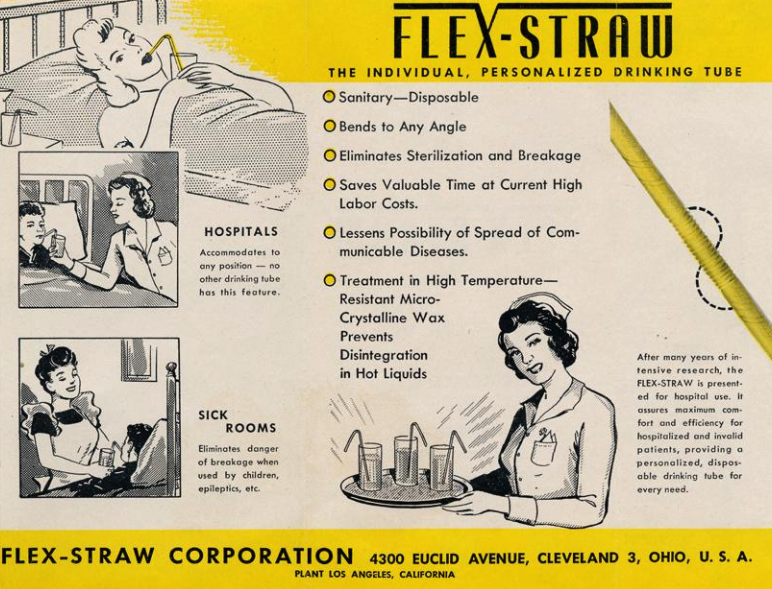‘Accessibility’ doesn’t sound very sexy. At best, it feels irrelevant to many and is seen more often as a box-ticking exercise or ‘nice to have’, rather than a necessity. But that viewpoint couldn’t be more wrong.
Don’t Exclude Potential Customers
Around 20% of the population has some kind of access need, but it still remains a challenge convincing those that don’t understand why inclusive design is so important… even when, if you think about it, ignoring this essentially means you’re excluding a fifth of your potential customer base! Not to mention, it’s now a legal requirement to make products and services accessible where reasonably possible (Equality Act 2010) — so ignorance / laziness isn’t a valid excuse.
With this in mind, I thought it was important to highlight the benefits of considering accessibility from the very beginning of the design process. You’d be surprised how many times trying to specifically help minorities has brought unexpected benefits to the majority – and will continue to do so.
When Accessibility Spawns Innovation
I’m going to (briefly!) introduce nine designs that exist as a result of considering accessibility but have gone on to have a much wider benefit…
- The Telephone
Alexander Graham Bell’s wife and mother were both deaf. He was trying to help deaf people hear and experimented with conducting sound through electrical devices, and in doing so, invented the telephone, in 1876. In seeking to ‘cure’ deafness, Bell isn’t held in very high regard by many (in a case of tragic irony, the telephone actually made it harder for deaf people to communicate), but this product revolutionised communication for the masses – and continues to do so, with every new smartphone upgrade.

- The Phonograph
Bell’s invention led directly to the creation of another device one year later: the phonograph. In his patent application, Thomas Edison listed a number of potential uses for his new product. After listing use as a dictation device, the second item was for ‘phonographic books, which will speak to blind people without effort on their part’. Retrospectively, recorded music was the main beneficiary of this technology… but music was only number 4 on Edison’s list of considerations.
- The Typewriter
In 1808, Pellegrino Turri’s goal was to help his blind lover, Italian countess Carolina Fantoni da Fivizzon – she couldn’t write legible letters to her friends. Turri invented the first typewriter to solve this problem. Typewriters and keyboards have since gone on to have a huge impact on the world, and are subject to further developments, even now (emoji keyboard).
- Voice Assistants
This is rather more modern communication technology than the above, but Alexa and other voice recognition tools have their background in accessibility. They were designed to allow speech control and automatic dictation on computers; voice control interfaces certainly benefit people with mobility challenges who have trouble using a traditional keyboard – but Siri, Cortana and Alexa are now used by many people for all sorts of things.
- Ceefax
The world’s first TV-based text system and a precursor to the internet, Ceefax, was launched in 1974. It was developed by the BBC to provide subtitles for deaf TV viewers after BBC engineers found they could transmit full pages of text in the spare lines transmitted on the analogue TV signal. Subtitles are now used in all sorts of situations, for example: when watching TV in a public / noisy environment or when watching a film that’s not in your native language.
In 1973, Vinton Cerf (often referred to online as “father of the internet”) was a co-designer of the early internet communication protocols. He is hearing impaired since birth and his wife is profoundly deaf. Their difficulties and frustrations communicating led him to develop the first commercial internet email system (MCI Mail).

The above six examples of designing with accessibility in mind were all around solving communication issues. The following examples were designed for rather different problems…
- The Flexible Drinking Straw
In 1937, Joseph Friedman watched his young daughter struggle to drink from her cup at the table… So, his solution was to create the flexible straw. Although initially designed for young children, he believed this would also benefit bedridden hospital patients, and it was initially marketed as a medical device.

- OXO Vegetable Peeler
In 1989, Sam Farber noticed his wife – an arthritis sufferer – having difficulty using a vegetable peeler. He set up his own company to develop better products that wouldn’t hurt your hands when using them, and OXO is now one of the world’s biggest housewares brands with over 1,000 products adhering to the principles of Universal Design. The original Good Grips peeler is currently Amazon’s bestselling peeler, and it has a home in the permanent collection of the Museum of Modern Art, NY.
- Dropped Kerbs
In 1945, Jack Fisher – a disabled war veteran and lawyer – successfully campaigned for his hometown of Kalamazoo, Michigan, to install the first dropped kerbs to help wheelchair users who couldn’t navigate the 6-inch high pavements. This simple change profoundly changed the lives of people living with disabilities by finally making it possible for wheelchair users to travel without assistance, which opened up access to work, shopping, socialising – and more – in ways that were previously very difficult. Accessible public spaces now benefit parents with buggies, delivery people, cyclists – as well as many other groups of people.
So, Why Should You Care?
All these designers started out thinking about minorities, but the end result is that these products have been far more transformative for the general public than anyone could have expected.
It’s especially worth remembering the motivations behind these products. Most of them were created to make life better for a loved one – a deaf or blind partner, a sick child… Empathy is vital for good design, and there’s no better way to empathise with someone than to love them!
So, to sum up, here’s why should you care about accessibility:
- Focussing on outlier can lead to better, more usable products for all
- Constraints can be a good way to stimulate innovation
- It’s good business sense, opening up products to a much wider audience
- Universal design supports social inclusion, helping disabled people live independent lives
- It’s more cost-effective to implement accessibility early on
At Bunnyfoot we work with many clients to help design for accessibility. If you would like to talk about your needs in this area or anything to do with designing your customer experience, we’d love to hear from you.
Want to know more?
- Blog: Top Tips for Running Accessibility Testing
- Blog: Bunnyfoot Talks ‘Inclusive by Default’ at the University of West London
- Training: Practical Accessibility




